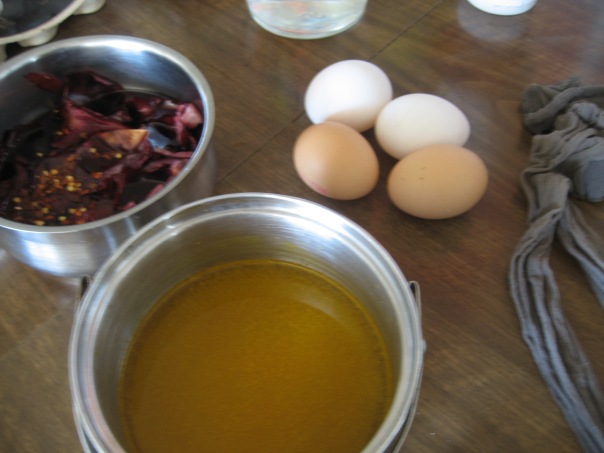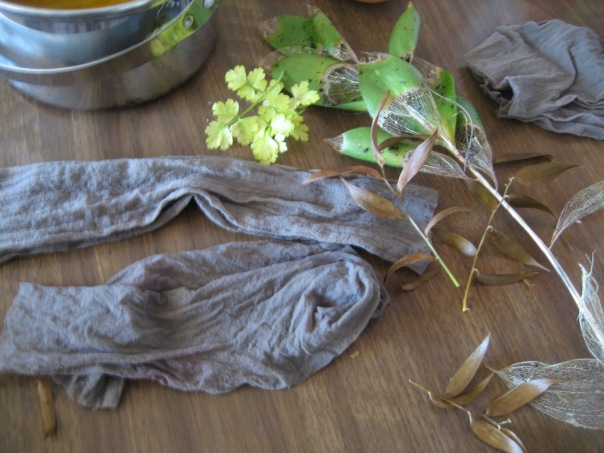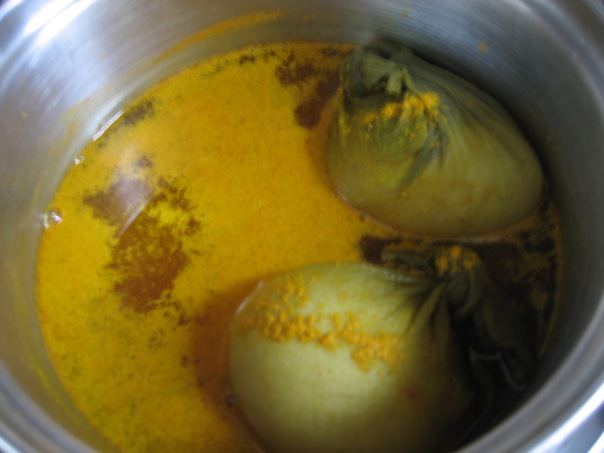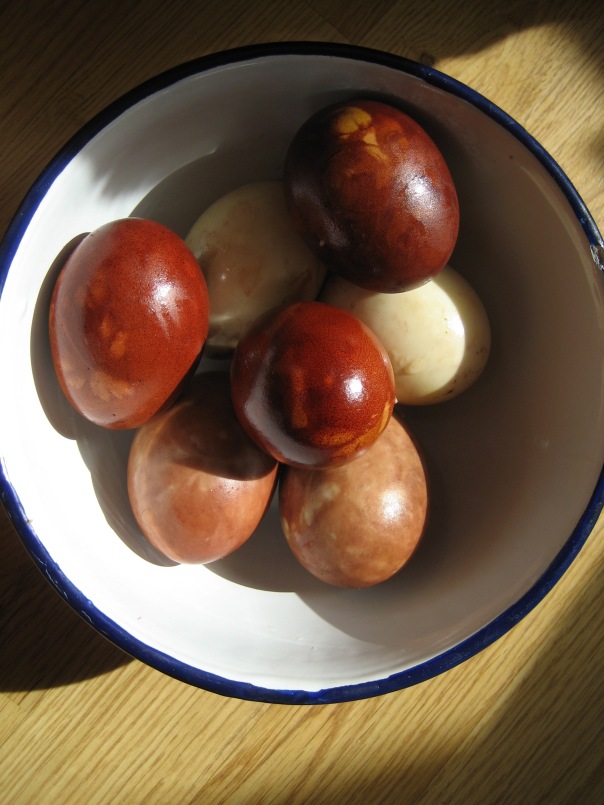Recently I have been reviewing what to do, having spent many years doing it all, or rather trying to do it all. I feel now I have come to the state in life when I need to edit things out. This kind of editing has involved giving away of things I am not using; not going to events/shows/talks; editing out facebook and other social media contacts; getting out of mailing lists and also deciding what to do with work goals.
The Konmari method of cleaning out spaces uses the idea of throwing out anything that is not ‘sparking joy’. William Morris suggested that everything in our house should be useful or beautiful (or both).
The author, Scott Sonenshein, says that the Konmari method is ‘not just about what we do to our physical space. It’s about what we do to our mental space. Once we break that dependence that having more equals more happiness and more success” and apply the “spark joy” filter, we “can recognize what is most meaningful and important to us because it doesn’t get lost in clutter.’
However, it has taken me a long time (decades) to see what sort of rest of my life I want to lead. So he says, ‘Deciding which projects to pursue may be more challenging for individuals beginning a new career, as they have yet to develop a strong sense of the work and environments they prefer. However, just as the KonMari Method is structured so individuals can “calibrate before getting to sentimental items”, people may need time in their professional lives to gain a better sense of what “sparks joy” for them.’
Using the method by William Morris, one can decide if the project is not useful or creating something beautiful it is time to let go of it. After all, we live short lives and in that time, we do not leave something behind that is beautiful or useful (and even both), then there is nothing to remember us by. That leaving gift need not be a physical thing- it can be advice or love you give to another person. For example, my Uncle did not leave me anything but his love and advice (which I use all the time). He lives on in my life and also in my children’s lives as I recount things he used to say or do with me.
Worth watching this 12 minute funny TED Talk (assuming you are not offended by the language!)













